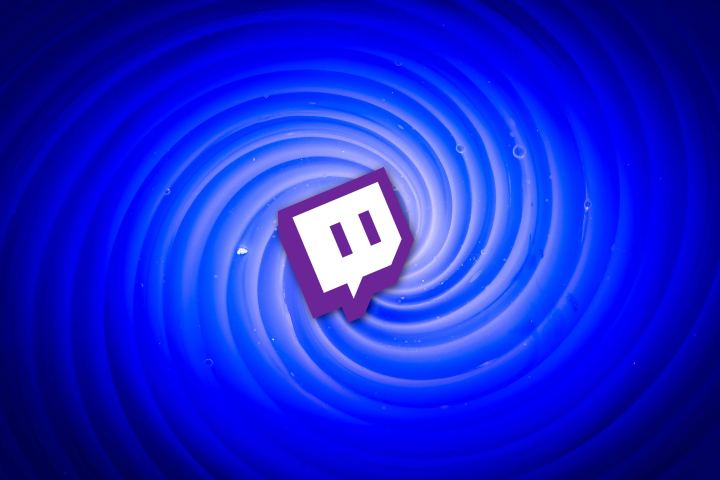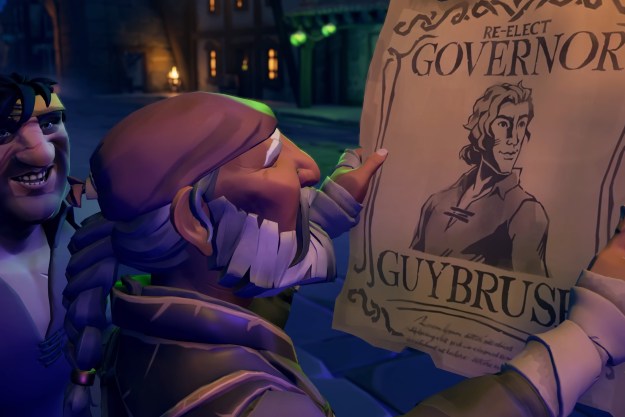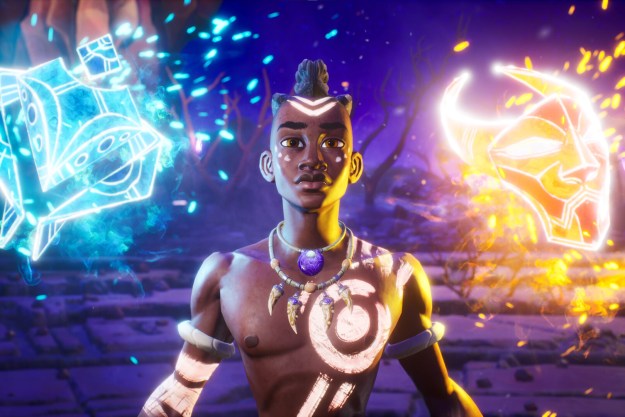Words hold power. It’s something that writers, journalists, and orators have known since the earliest days of civilization, but in the intervening years, it’s become even clearer to everyone as we’ve witnessed the rise of widely-shared social media content. The world of gaming has seen its horizons infinitely expanded with the introduction of online guides, Let’s Plays, and other prerecorded video content, and livestreaming. Many of us, myself included, have been introduced to illustrious personalities and impressive content that we would not otherwise have known about.
Streaming in particular has launched the careers of many, turning the oft-mocked solitary habit of gaming into something one could do in front of an audience of thousands on Twitch. It’s not all happiness and smiles, though: The site has a dark, malicious undercurrent. Following the platform’s recent string of hate raids, streamers are taking drastic measures — and disproportionately large ones, compared to Twitch’s own meager efforts — to fight back. The problem is, they shouldn’t have to.

Targeted hate
While Twitch features a wealth of personable streamers, many of us have discovered something much less fun on the platform: Hate, pure and simple. Every community has its bad apples, and Twitch is no exception. For the past few months, “hate raids” have plagued streamers, particularly people of color and LGBTQ+ content creators. During a stream, a streamer may suddenly be inundated with hundreds of new followers sporting racist, inflammatory usernames or thousands of chat messages bearing rude, targeted statements and explicit images. Streamers have had personal information, like their real name, home address, or IP address revealed in chat. Even if moderators are able to control the flow, raiders will often strike again, sometimes during the same stream.
Twitch streamers, understandably fed up with the issue, have turned to homemade solutions to stem the flow. Some creators have built their own bots or programs that automatically target explicit images or chatters believed to be malicious bots. Others have used software like Safe Mode, a recent addition to the streaming program Streamlabs OBS. Created by third-party company Streamlabs, the mode allows users to stop follower notifications and restrict chat at the push of a (virtual) button, preventing hate raiders from doing damage.
Through it all, Twitch has remained mostly silent. It used the obligatory statements that denounce hate but otherwise remained quiet about the situation, with the ostensible goal of preventing hate raiders from catching on to their plans and working around them. Many streamers, particularly smaller streamers, said that this was not enough. They organized A Day Off Twitch, a 24-hour boycott of the service that resulted in an over 20% drop in viewership across the platform, according to Kotaku. After more silence, Twitch announced that it was suing two users who it believed were ringleaders behind hate raids.
We are continuing the fight.
Shout out to @LuciaEverblack and @ShineyPen for helping me with this!#ADayOffTwitch
September 1st, don't go live. pic.twitter.com/dU1ycC9YtM— Raven is The Devil 😈 (@RekItRaven) August 20, 2021
Drawing the line
Seeing the extensive measures streamers and their moderators go to in order to protect themselves raises a big question. Should users — and third-party services — have to put in this much work to keep up their safety, or should Twitch be doing more to catch and prevent these hate raids from occurring?
Even if Twitch were to take more dramatic action, would it truly stop hate raids from occurring?
The streaming giant’s lawsuit against purported raid leaders is absolutely big and flashy, and it’s extremely representative of parent company Amazon’s deep reserves of cash. It also makes a very public example out of those the site believes are responsible. And yet, what will suits ultimately accomplish? If the two individuals are found guilty in a court of law, will it make their raid groups dissolve? Or will other raiders simply strike back in a new and emboldened fashion?
Even if Twitch were to take more dramatic action, would it truly stop hate raids from occurring? The Washington Post investigation notes that despite the raids taking place mostly on Twitch, they’re often organized on other sites and platforms, like Discord. Users’ anonymity on social media sites can also make it difficult to track them, particularly if they sign up using a VPN and use a variety of usernames and email accounts.
Some of the platform’s largest streamers, like DrLupo and TimTheTatman, are moving to rival streaming sites like YouTube Gaming amid the crisis. While not directly connected to the hate raids, the moves are nonetheless representative of a general lack of trust and happiness with Twitch. If it continues down this path, the site will only hurl itself faster into a PR nightmare and potential irrelevance.
Taking responsibility
Individuals and companies outside of Twitch are not blind to what’s going on. In an interview conducted over email, Streamlabs Head of Product Ashray Urs told me that the company’s Safe Mode for Streamlabs OBS users was developed “in just two weeks” as a “response to a growing number of streamers expressing their concern with the safety of their livestream.” It’s clear that streamers want more control over who has access to their content without restricting potential followers, subscribers, and donators: Urs says over 350,000 streamers have enabled Safe Mode since its launch on September 1. As the most popular dedicated streaming platform in the world by far, it seems as though features like these are something Twitch ought to include in its baseline functionality.

The platform insisted back in August that it was working things to “address these issues,” but it seems as though many of these are simply moves to save itself from an ocean of bad PR. The company already looks bad thanks to the constant flow of big-name streamers to other sites for what are likely more favorable and lucrative contracts, but a seeming inability to put much-requested control back into streamers’ hands is making Twitch appear even worse.
“We are focused on doing everything we can to make sure streamers feel safe while live streaming to any platform,” said Urs, elaborating on the company’s view on hate raids. While Streamlabs’ focus appears to be on helping streamers (and taking advantage of the lack of existing moderation tools), Twitch’s is geared toward preventing any further loss of talent or revenue. Between promises to do better and big lawsuits, Twitch appears to be making more large, sweeping moves than individual ones geared at small streamers.
Meanwhile, streamers are having to rely heavily on their moderators and programs like Safe Mode just to prevent themselves from falling victim to a hate raid. The weight of preventing such attacks falls disproportionately the shoulders of marginalized streamers, who already face an uphill battle when creating content and sharing their authentic selves with the world. Streamers should always be responsible for the content of their own streams and videos, but the company that’s making millions of dollars off of them be doing more to prevent these vile attacks.
When asked about the goal behind Safe Mode’s creation, Urs said that “Streamers want to be able to express themselves freely on their channel without fear of being harassed by trolls.” When streamers go live on Twitch, they want to share themselves and their hobby with the world and to connect with like-minded viewers. Streaming can be a safe haven, a repose from a world that soundly rejects people for who they are. Many have discovered the power of words in the process: The power that comes with expressing your truth, speaking your mind, or simply making a few people laugh while you play a game.
A complete overhaul in Twitch’s focus and values might be the only thing that protects these streamers and their words for years to come.
Editors' Recommendations
- Move over, Twitch: Facebook Gaming is steadily on the rise
- 5 Twitch alternatives during ‘A Day Away From Twitch’
- Twitch remains king of livestreaming, but YouTube is catching up



